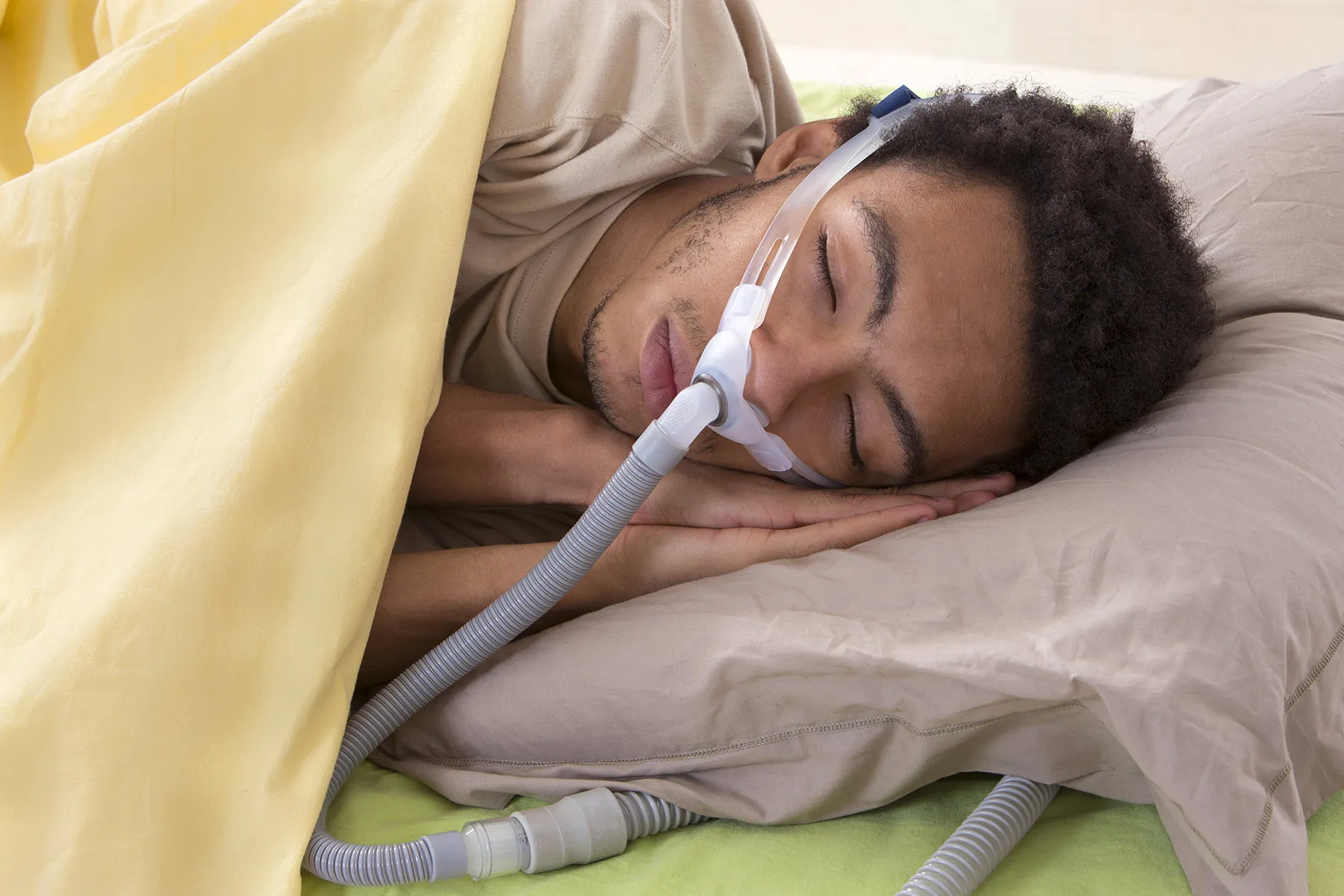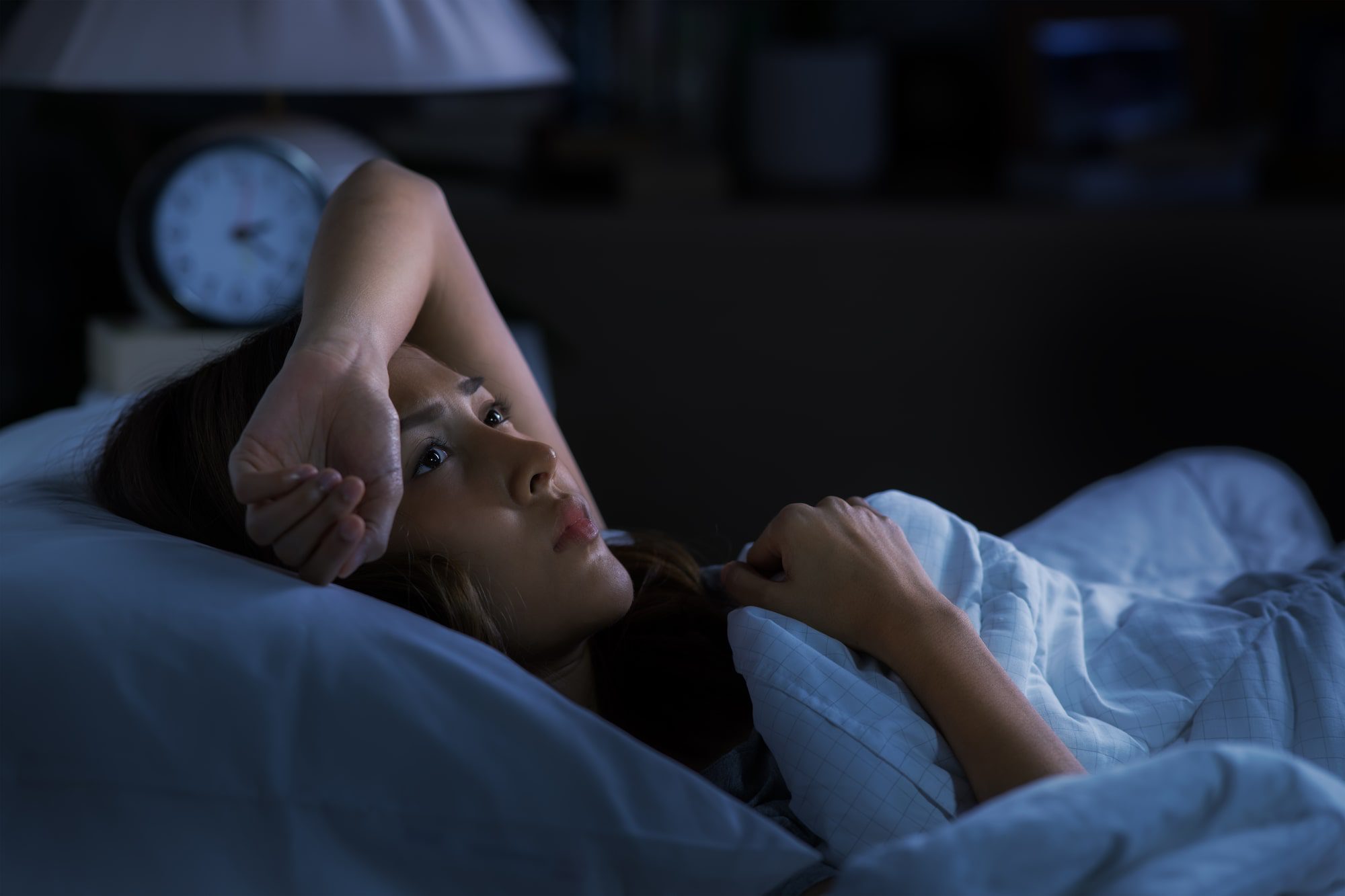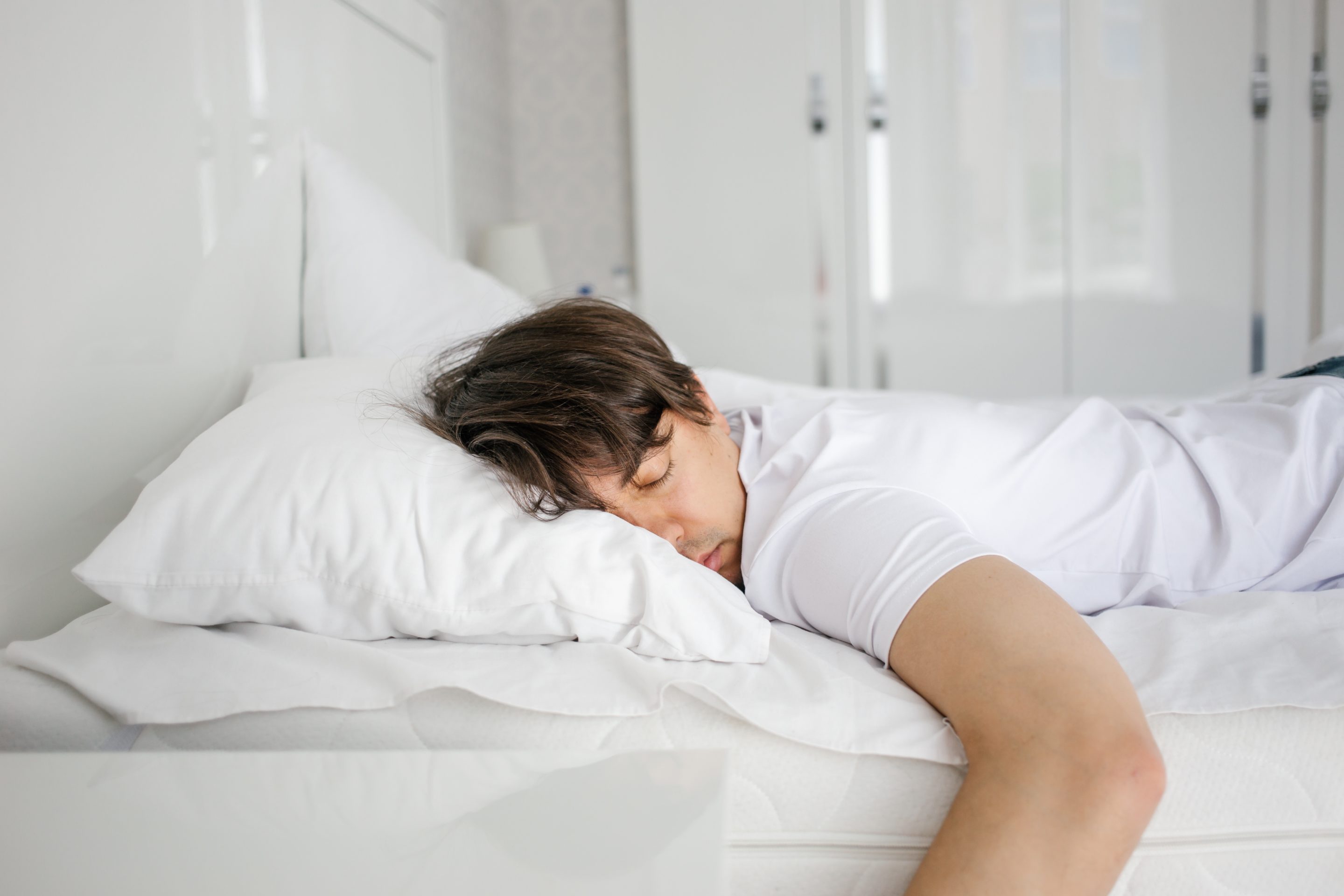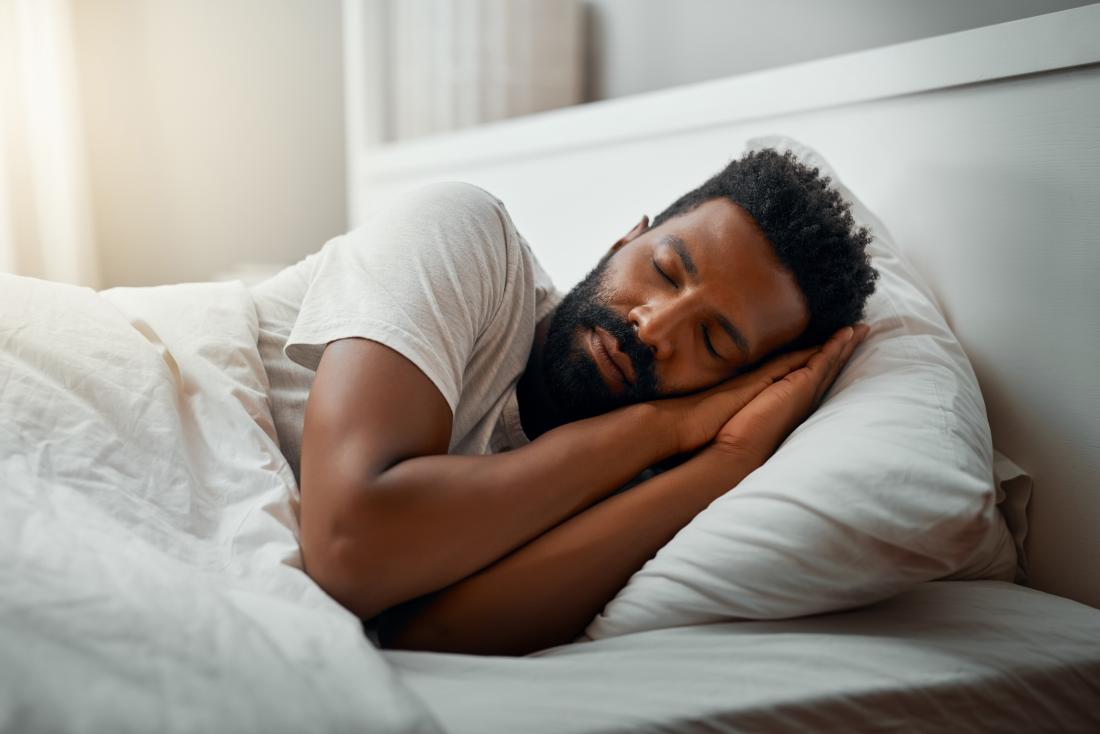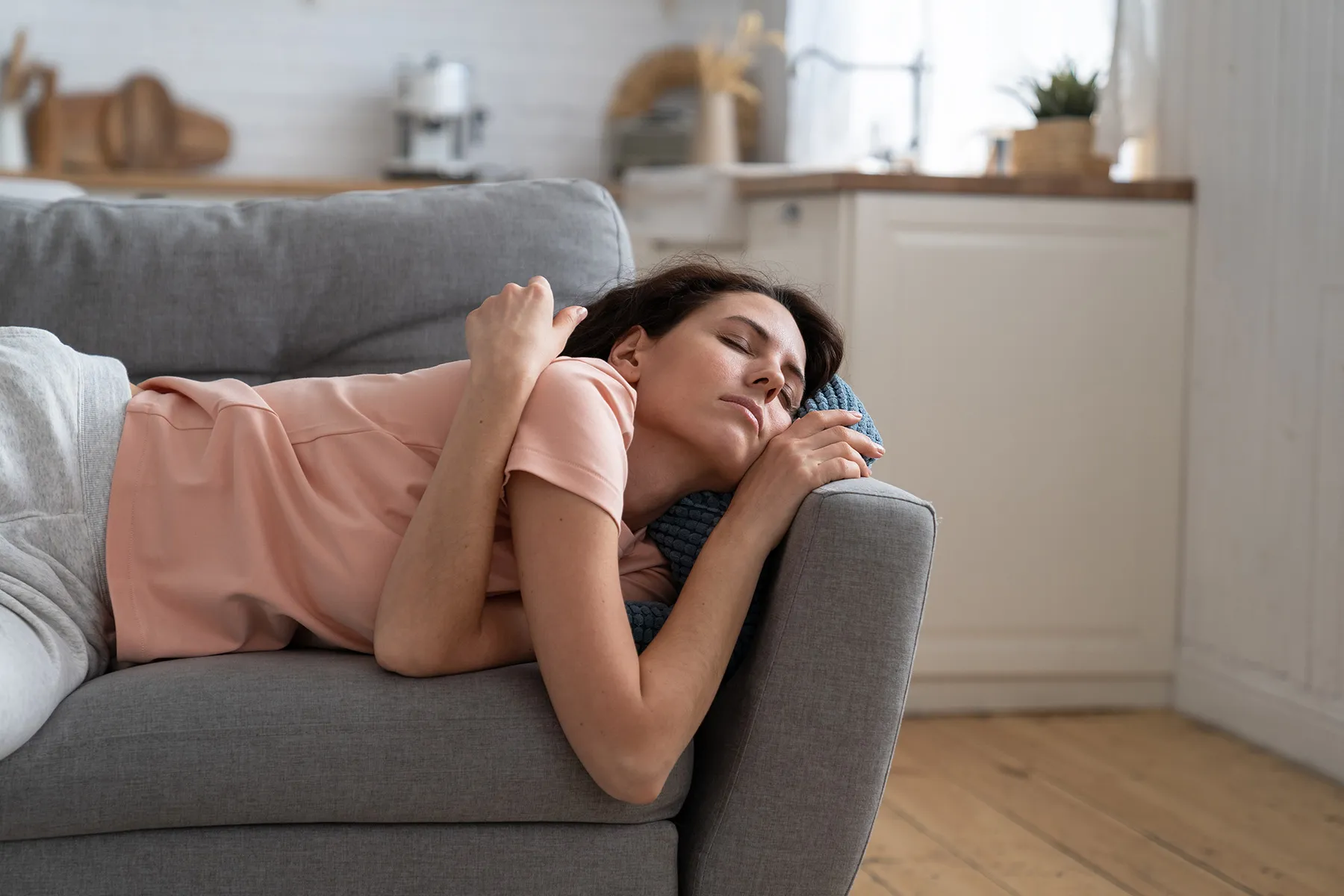Introduction
Obstructive sleep apnea is a common sleep disorder in which the upper airway becomes repeatedly partially or completely blocked during sleep, leading to breathing pauses and a reduction in sleep quality. Most patients rely on devices like CPAP (Continuous Positive Airway Pressure) or other positive airway pressure systems to manage their condition. However, adjusting to these devices can be challenging initially. In this article, we share practical tips to help you gradually adapt to your treatment and improve your sleep quality.
1. Tips for Adjusting to the Face Mask
Gradual Adaptation
When you first start using your CPAP mask, it can be helpful to wear it for short periods during the day. Begin by wearing the mask without turning on the machine to let your face get used to the sensation. Later, turn on the device for brief sessions while you relax or watch TV. Gradually increasing the duration will help your body adapt until you can comfortably wear the mask throughout the night.
Choosing the Right Mask
There are various types of masks available—including full-face masks, nasal masks, and nasal pillows. Selecting a mask that fits well is crucial not only for comfort but also for preventing air from being directed toward your eyes or causing skin irritation. If you continue to experience discomfort after an adjustment period, consult your doctor or equipment supplier to try a different style or adjust the straps.
Adjusting Device Settings
Many modern CPAP machines offer a “ramp” feature, which starts with a lower pressure and gradually increases it to your prescribed level as you fall asleep. This can be particularly useful if you find the sensation of forced air challenging. Experiment with the settings under your healthcare provider’s guidance to find a pressure that feels natural and effective.
2. Mastering Proper Usage Techniques
Familiarize Yourself with the Routine
Practice using your CPAP in a calm, distraction-free environment at home. Work through the setup process slowly—learn how to properly attach the mask, adjust the straps, and activate the machine. Over time, using the device will become second nature, reducing any initial anxiety or discomfort.
Maintain Regular Cleaning
Regular cleaning of the mask, tubing, and filters is essential for maintaining an effective and quiet operation of your device. Not only does this practice improve comfort by reducing noise and preventing skin irritation, but it also minimizes the risk of respiratory infections.
3. Adapting to Oral Appliance Therapy
For some patients, an oral appliance is recommended as an alternative treatment. These devices work by repositioning your lower jaw to open up the airway. During the initial adjustment phase, you might experience minor side effects such as jaw discomfort, tooth soreness, increased saliva production, or slight changes in bite alignment. These symptoms are usually temporary and tend to subside within a few weeks. If discomfort persists or worsens, consult your doctor for further evaluation or adjustment.
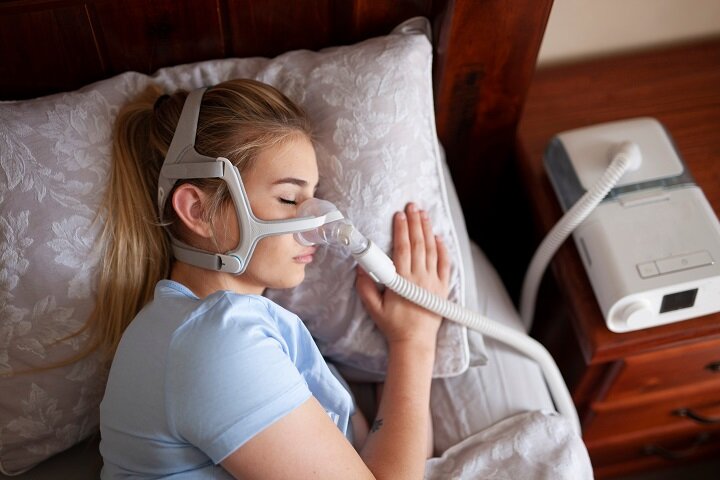
4. When to Contact Your Doctor
If you experience any of the following issues during your adaptation process, it’s important to seek medical advice promptly:
- Frequently removing the mask during sleep or an inability to maintain continuous use.
- Severe skin irritation or sores caused by the mask.
- Persistent jaw pain, loose teeth, or significant bite changes with an oral appliance.
- No improvement in OSA symptoms after an adequate trial period or the emergence of new breathing difficulties.
Your healthcare provider can adjust the device settings, recommend a different mask, or suggest alternative treatment options to ensure optimal comfort and effectiveness.
Conclusion
Adapting to obstructive sleep apnea treatment takes time and patience. By gradually increasing your mask-wearing duration, selecting the right type of mask, properly maintaining your equipment, and learning correct usage techniques, you can significantly improve your sleep quality and overall well-being. Remember, if you encounter persistent issues or new symptoms, consult your medical team—they are there to help tailor your treatment for the best possible outcome.
By following these evidence-based tips and consulting your healthcare provider, you can take a proactive role in managing your obstructive sleep apnea treatment and enjoy a healthier, more rested life.

